Were there as many niched roles before the dotcom crash?
It seems to me that thee were a couple of strands that ended up being lumped into the UX designer role.
The first strand come from the marketing agencies. In the 90s the internet exploded and the people who had previously done print design, graphic designers, suddenly got a new medium to work in. Over time we have seen a constant exchange, both ways, between marketing agencies and big tech. Graphic designers have today become (in many instances) brand designers. We have also added motion designers to this mix.

Another strand we see from 80s marketing agencies are copy writers. Copy writers have branched out into UX writing and then content designers.


